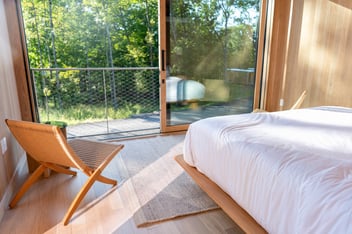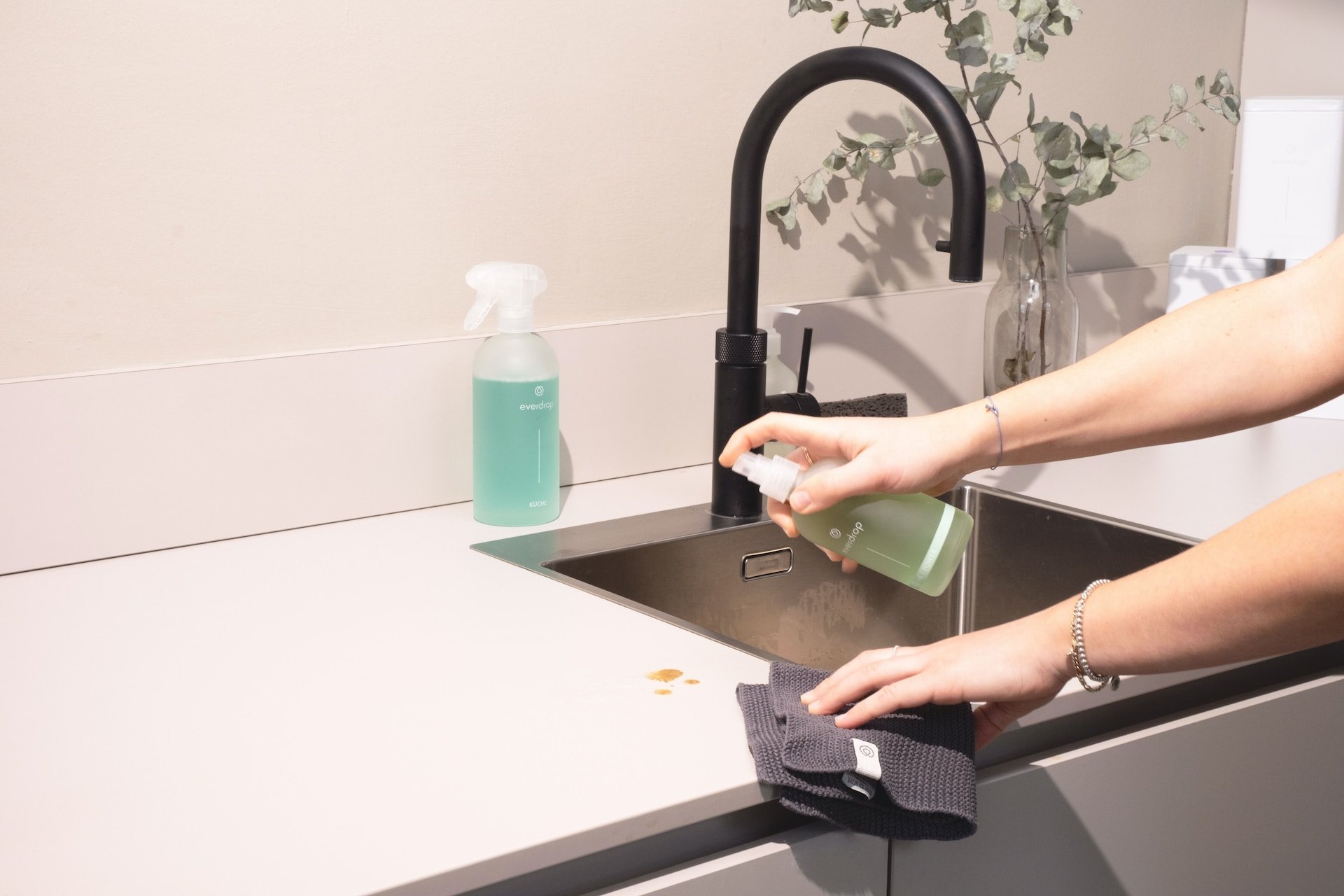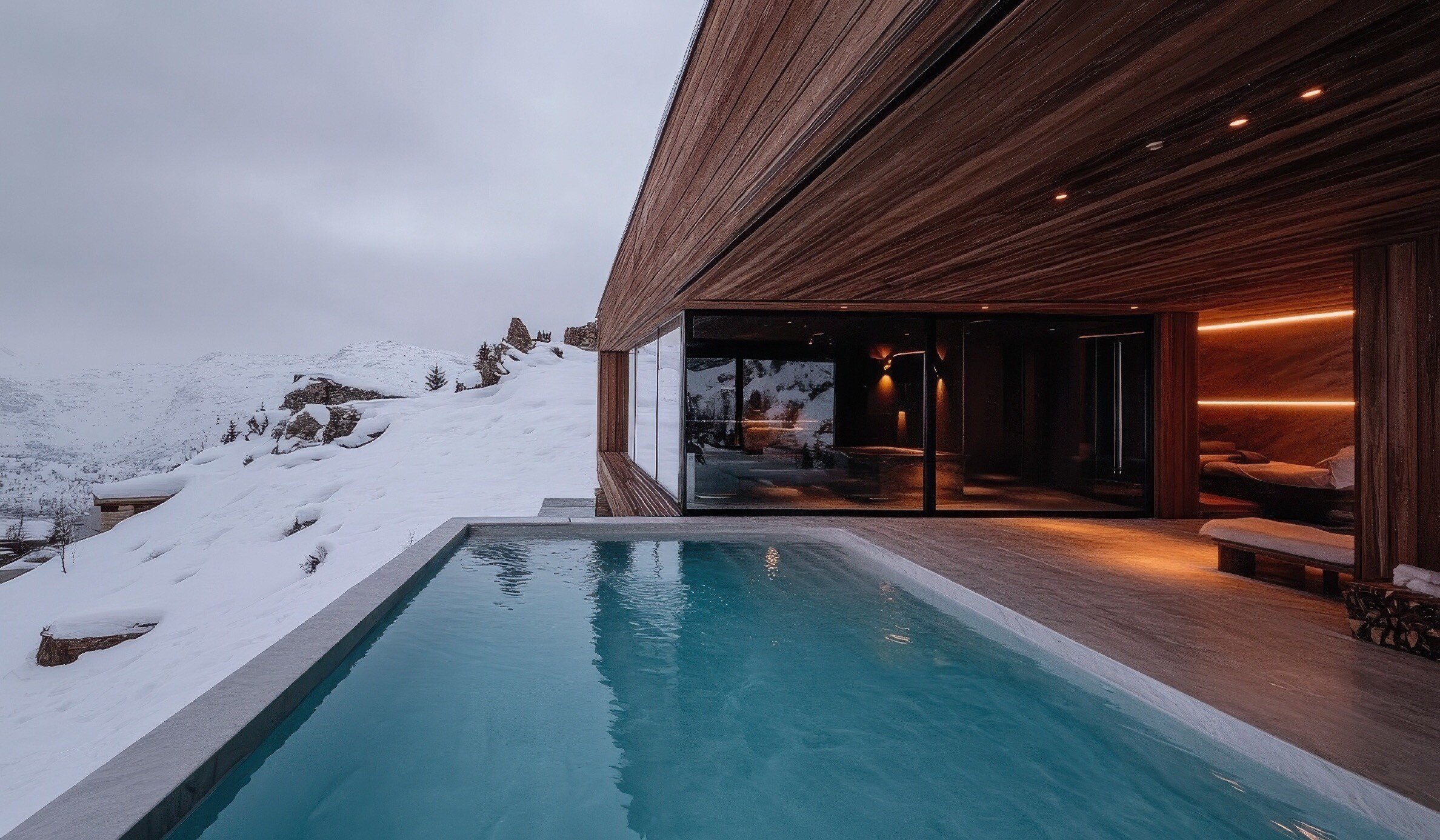
- ...
- Blog
- Airbnb Business Plan: Get Started in 8 Simple Steps

The thought of launching an Airbnb business is exciting—it allows you to be your own boss, set your own goals, and grow at your own pace. But there’s been recent debate that Airbnb bookings are seeing a downturn, which, alongside increased mortgage rates, may have you nervous about getting started in the current vacation rental market.
However, with the right business model, you can enjoy a low cost of entry into the vacation rental industry, along with excellent potential for scaling.
In this article, we discuss the eight essential steps to creating an Airbnb business plan and outline the three common mistakes you need to avoid when getting started.
We spoke with Adam Knight, a hospitality industry veteran and co-founder and CEO of Recreation Vacation Rentals, to get his expert insights on what you need to prioritize when creating your business plan.
|
Run smooth operations from day one. |
Step-by-step guide to creating an Airbnb business plan
If you’ve decided that a vacation rental management business is right for you, your first task should be to create a business plan.
“A business plan is going to help you get very focused and disciplined on why you exist and why your consumer should care,” says Adam Knight of Recreation Vacation Rentals. “I think it keeps you disciplined. It also helps you figure out your ‘why’ and what your value proposition is, which you need to determine when you're launching a short-term rental business.”
Follow these eight steps to create a successful business plan and start your Airbnb venture off on the right foot.
Step 1: Define your business model
The first thing you need to do is decide how you’re going to operate. There are three main models you can follow:
- Homeowner renting: This is when you already own a property and want to rent it out or decide to invest in a property specifically for vacation rental purposes.
- Rental arbitrage: Airbnb arbitrage involves renting a property to use it for your short-term rental (STR) business (it’s important to check with your landlord to ensure subleasing is permitted in your contract).
- STR property management as a service: This is typically the most scalable business model, where you manage other people’s properties and collect a service fee and/or commission. Also, having started with their own vacation home, it’s the model most managers follow—which is why it’s the approach we’ll focus on in this article.
A number of factors influence which of these business models is right for you—for example, you may already have several properties you can rent as Airbnb homes.
But managing other people’s properties is often the easiest way to start, as it requires the smallest initial investment and offers the greatest potential for business scaling.
Step 2: Conduct legal and market research
Once you decide which model is right for you, it’s essential to look into both regulations and demand in the area you want to operate in. Short-term rental regulations vary from city to city: For example, “un-hosted rentals” (where a primary resident doesn’t live on the property) are prohibited in Santa Monica, California unless they’re rented out for over a month.
So do your research to ensure Airbnb rentals are permitted in your area, and if there are restrictions, that they won’t present too much of a barrier for you to successfully operate. Next, you need to conduct market research and competitive analysis to measure the demand and existing competition in your area.
You can use tools like Mashvisor and AirDNA to analyze market potential. While these tools are especially helpful for Airbnb hosts who purchase their own properties, you can use them even if you plan on launching Airbnb management services. They’ll give you insights into factors like existing competition in the area, nightly rates, and average occupancy.
Before deciding where you want to operate, do your research to ensure there’s a demand for vacation rentals in that area.
Step 3: Identify your target market
Adam emphasizes the importance of going after a target guest rather than trying to “be all things to all people.”
“You have to know who you’re going after,” he says. “Do you have a quiet two-bedroom home near parks and family restaurants? A property like that is better suited for families than young traveling professionals.”
So pick the demographic you want to go after and design your offering accordingly. For example, you may want to attract digital nomads, in which case you should provide a designated workspace in your home, advertise high-speed WiFi, and offer the possibility of last-minute bookings and extended stays.
Or if you’re interested in tapping into the luxury traveler market, conduct market analysis and industry analysis to find ways you can differentiate your offering and build a competitive advantage. You’ll have to offer luxury amenities and invest in the right decor to attract high-paying guests.
There’s no right or wrong answer here: The important thing is to pick a target market that makes sense for your Airbnb properties and tailor your offering to this type of guest. You also need to strategically tailor your brand and marketing efforts to attract the type of traveler your property is designed for.
Step 4: Define your goals and milestones
Defining goals will help guide all your business decisions. That’s why you should start by writing a mission statement.
Not only will a mission statement serve as guidance when launching your business, but it will also help you pitch to investors if you’re purchasing a property, or homeowners if you offer property management services.
For example, here’s the mission statement for Recreation Vacation Rentals: “A tech-focused hospitality brand providing outstanding experiences.” They also have a vision statement on their website: “Redefine the vacation rental experience with the best practices and principles of luxury hospitality.”
In addition to your mission statement, outline your company’s values, goals, and objectives in your business plan. So set a variety of objectives, ranging from financial targets to guest experience goals. Some examples include:
- Average review rating
- Percentage of repeat bookings
- Occupancy rate
- ADR (average daily rate)
- RevPAR (revenue per available room)
- Staff-to-unit ratio
- YOY (year-over-year) portfolio growth
This is a great place to start, but be aware that you may want to revisit your mission statement and goals as you get further along in the process of building out your business plan.
Recreation Vacation Rentals takes things a step further with their owner guarantee, speaking to their high standards of quality.
Step 5: Map out your tech stack
Adam has straightforward advice when it comes to creating a tech stack for your vacation rental business: “It’s going to make your life a lot easier, right out of the gate.”
He says, “If you have any desire to scale, you're quickly going to find that you need to be more sophisticated in how you deploy your tools. That will free up your time so that you can work on your business rather than in your business.”
When you use the right tools together, you can automate key components of your processes that would otherwise eat up a large portion of your day, like cleaning calendar scheduling and guest messaging. An operations plan is essential if you want to make your business sustainable and scalable.
Here are the tools Adam recommends for automation:
- Property management system (PMS): A PMS is your all-in-one hub for managing booking calendars, centralizing guest communication, and processing payments. You should look for a PMS with a built-in channel manager, which will be crucial as you scale your Airbnb business and begin to list across various online travel agencies (OTAs).
- Guest communications solution: You can streamline your guest messaging with a tool that provides a unified inbox and that easily integrates with your team messaging. As well as these features, Breezeway lets you automate messages from templates, send out bulk messages, and create digital welcome books to make guests more independent.
- Cleaning operations platform: A property care platform like Breezeway automates key housekeeping processes including turnover and maintenance scheduling based on check-in and check-out dates, recurring tasks, and quality assurance checklists.
Adam highlights this tool needs to go two ways, sending information to your cleaners and feeding back status updates to you and your management team: “There's no point in having an automated system that says that something has to get done, but then you never know if it actually gets done.” - Dynamic pricing tool: Having a platform that automates your daily rates can save you hours per week while maximizing bookings and revenue. But Adam warns that these tools aren’t a “set it and forget it” solution for optimizing your pricing strategy. “Dynamic pricing tools require more of a human touch, like weekly intervention, to make the most of them.”
Breezeway lets you view all your reservations and scheduled tasks in one place.
|
Run smooth operations from day one. |
Step 6: Create a marketing strategy
Drawing in guests is about more than just writing a stand-out listing and having the best Airbnb guidebook. When creating a marketing plan for your business, you want to focus on the following promotional strategies:
- Multi-channel distribution: While Airbnb is a good place to start, you’ll want to expand across various OTAs to maximize revenue and fill in your booking calendar. To do so, you’ll need to use a channel manager that houses all your reservations in one place and prevents double bookings.
- Direct booking strategies: OTAs play a crucial role in you achieving high occupancy rates, but it’s important to reduce commissions with direct bookings, too. To do this, you can create a direct booking website—you can also implement an email marketing strategy to bring in bookings from repeat guests and referrals.
- Social media: Nowadays, a successful Airbnb business needs a social media presence. This is a way to establish a recognizable brand, build trust with potential guests, and bring in more direct bookings. The channels you focus on will vary depending on your target guests (for example, if you’re looking to attract young remote workers, Instagram and TikTok are the ticket).
- Rankings and reviews: Your OTA rankings can make or break your business (you need a 4.8 minimum rating to become an Airbnb Superhost), and great reviews get you more guests. So use your guest communication tool to automate review requests, and to ensure you can quickly resolve any issues during their stay.
Step 7: Outline budgeting requirements
You may need some funds for your startup costs, whether that comes from savings or third-party investors. In your financial projections, be sure to factor in costs related to:
- Building your tech stack
- Running your turnover and maintenance operations
- Stocking cleaning supplies and guest amenities
- Covering unexpected expenses (such as repairs)
This amount should cover your costs until you can begin using your cash flow to pay for operating expenses. If you can’t meet this budget yourself, calculate a figure that covers a few months of operations so you know exactly how much you need to ask for from investors, including a contingency fee of 10-20%.
Step 8: Establish your USP and create an executive summary
The final step of creating a vacation rental business plan is establishing what makes you unique. Your USP (unique selling point) is what sets you apart from the competition.
Adam points out that “the way buying habits seem to be going is that guests are leaning more into properties that are unique, either in terms of location, the amenities that are provided, design and decor, or a combination of those things.”
Your unique selling point helps you attract your ideal guest and stand out from your competitors in an increasingly crowded short-term rental market. Additionally, it helps you communicate what makes your short-term rental properties different from the rest, whether that’s through your listings or on your social media channels.
So whether your USP is to provide an exceptionally comfortable experience to business travelers or help families create lasting memories, it should be at the center of your brand identity and messaging.
Outline your USP in your executive summary, which provides a brief overview of your business plan. This summary will go at the beginning of your business plan, but we recommend leaving it as your last task, as it will be easier to write once the rest of your business plan is in place.
In your executive summary, discuss your business objectives and how you plan to achieve them. You’ll want to include a small section on each part of your business plan, from your target market to your tech stack. This is also a good time to revisit your mission statement to make sure it properly reflects the goals and purpose of your business.
This host has narrowed down on a very specific USP—what they may lack in demand they make up in ADR.
Airbnb business plan: The common pitfalls to avoid
While it’s essential to follow the right steps when making your Airbnb business plan, you also need to know what mistakes to look out for. Here are the three most common errors entrepreneurs make when launching their vacation rental business.
Not knowing who your ideal guest is
Adam says the biggest mistake new hosts and property managers make is not knowing who they’re trying to attract to their listings. “Most people just go out there and try to have a property that’s all things to everybody. Believe it or not, this ultimately makes it be nothing to anybody, and it's not really somewhere anyone wants to stay.”
So take the time to identify your target audience, and curate your properties and listings to attract that type of guest.
Failing to build a strong tech stack
The longer you wait to build your tech stack, the more manual work you’ll have to do in the meantime. Set yourself up for success by investing in a tech stack that will grow with you as you scale your business.
If you don’t take the right steps to automate your Airbnb business, you’ll soon be bogged down by repetitive tasks and potentially costly errors that slip through the cracks, like missed cleans, missed messages, or double bookings.
So invest the time and money to set up your tech stack from day one, and factor it into your financial planning so it’s properly accounted for.
Being unrealistic about budgeting and financial goals
Another common mistake you want to avoid is under-budgeting for your expenses and over-forecasting your revenue. There are often unexpected costs that come with running a short-term rental business, like unforeseen maintenance repairs.
Also, a lot of variables go into booking rates and revenue, like seasonality, travel trends, and the greater economic climate. So it’s best to be conservative in your financial planning and goals, so you’re in a stronger position should you experience any business challenges.
Get your Airbnb business off to a strong start with the right planning
Launching your own Airbnb business is a challenging task, but creating a solid business plan is a great place to start. Follow these eight steps to get organized and ensure you have everything you need to begin:
- Define your business model
- Conduct legal and market research
- Identify your target market
- Define your goals and milestones
- Map out your tech stack
- Create a marketing strategy
- Outline budgeting requirements
- Establish your USP and create an executive summary
And remember, don’t wait until you’re already managing multiple properties to set up your tech stack. Automating your small business from day one will help minimize errors and give you the time you need to focus on improving and scaling your operations.
|
Run smooth operations from day one. |
Ready to diversify your rental portfolio?
Streamline operations for short-term rentals and multifamily residential units with Breezeway's automated work coordination and guest experience tools to ensure guests and tenant satisfaction.
More from the Blog
Visit the blog


